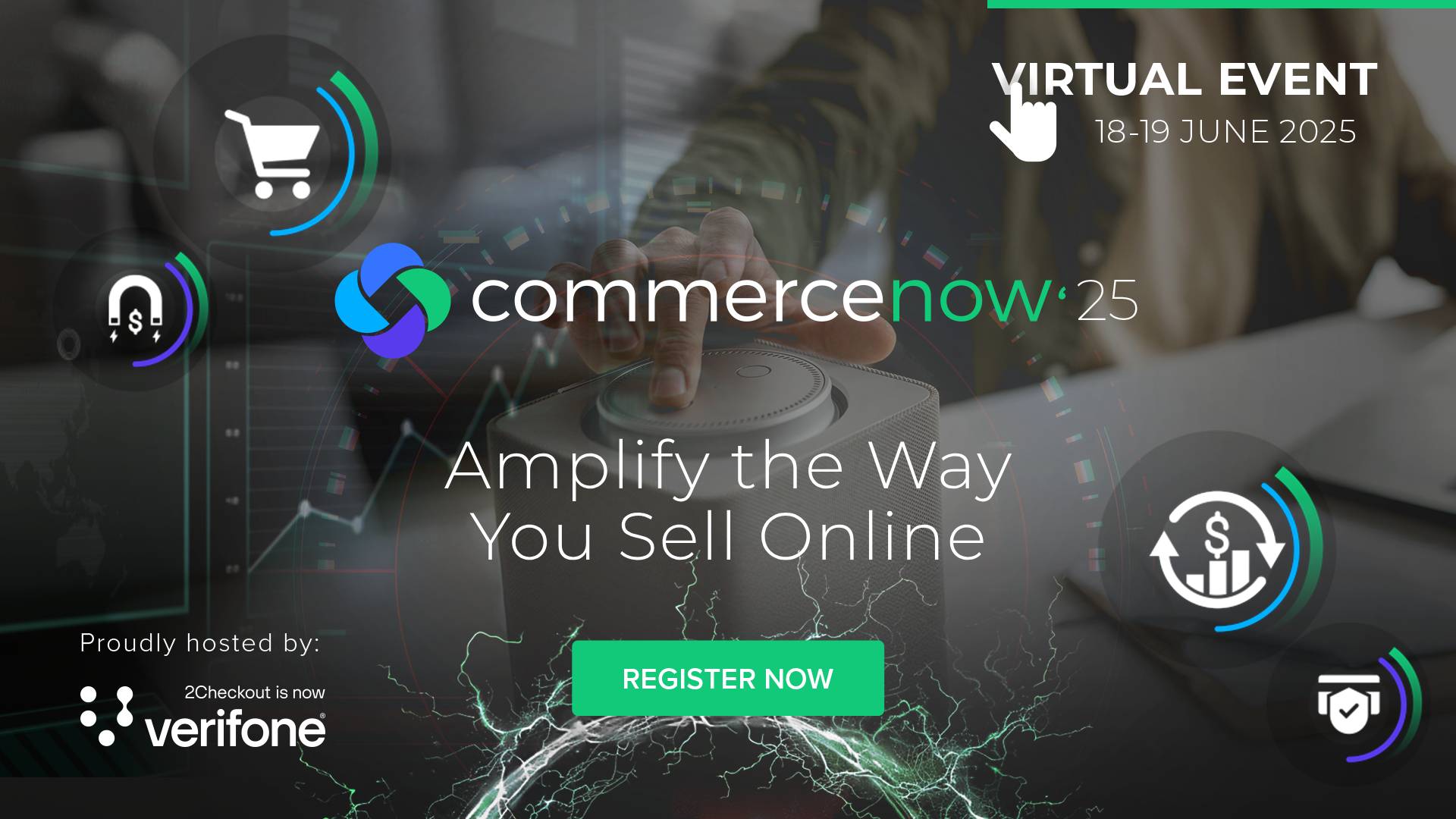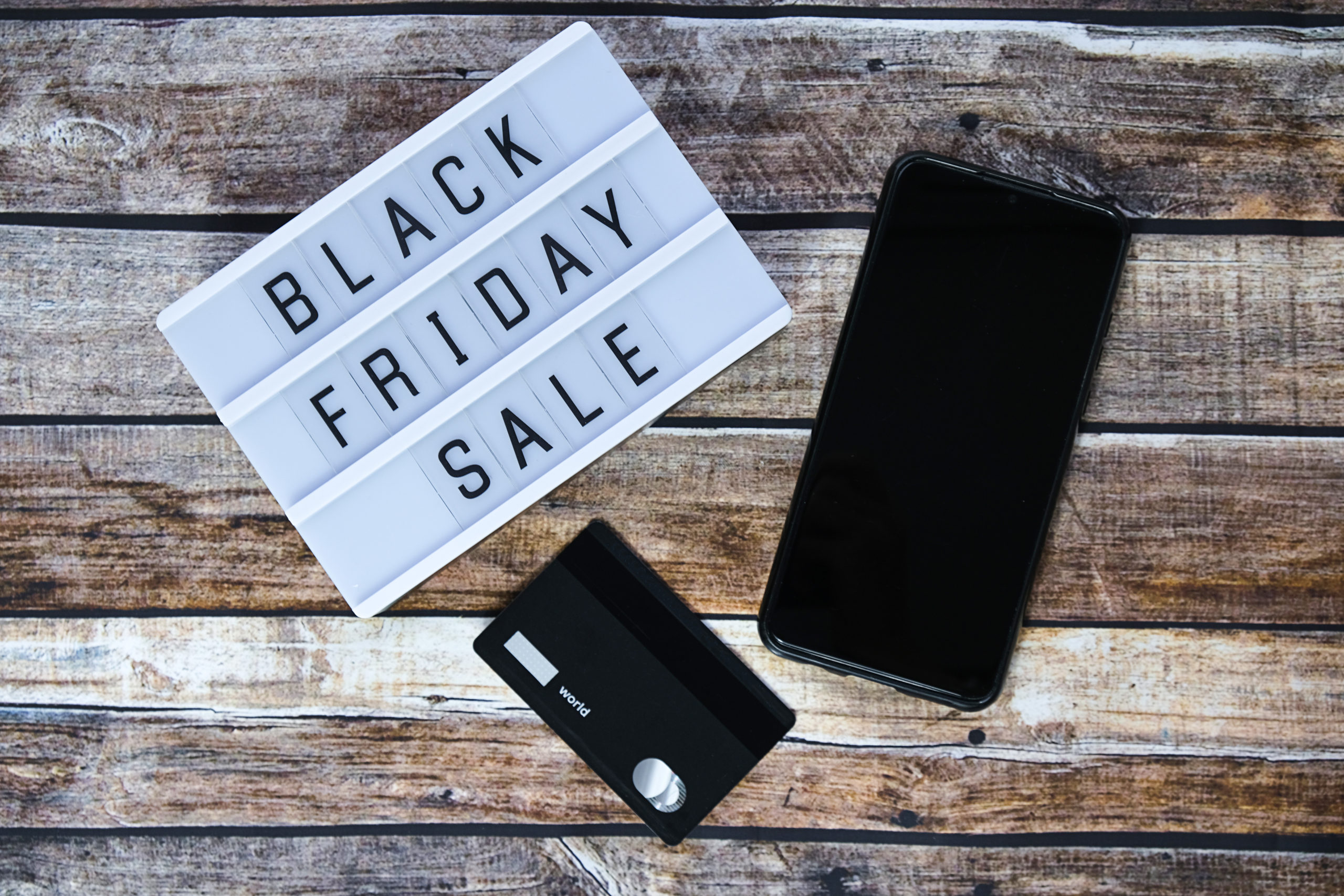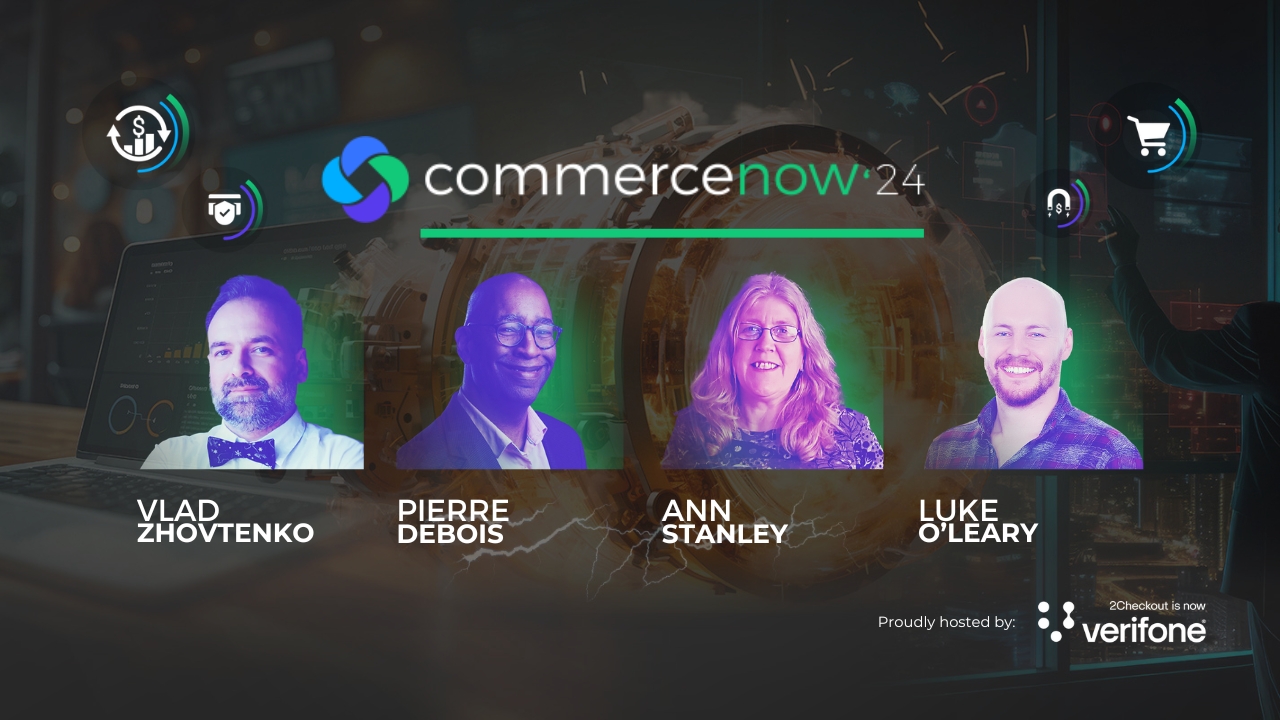Raj Badarinath, the VP of Marketing and Growth Services at Avangate was a recent guest on the B2B Nation: Smarketing series.
In this episode he shares his thoughts on the past, present, and future of commerce automation as well as revenue leakage and how to turn that into revenue uplift.
Listen to the interview here or read the transcript below.
Josh: Welcome to this Smarketing edition of B2B Nation, heart of the technology advice podcast network. Today, on the show, we have Raj Badarinath, the VP of marketing and growth services at Avangate. Thank you so much for joining the B2B Nation, Raj.
Raj: Thank you so much Josh! Happy to be here.
Josh: We will be chatting about commerce automation. What is your description of commerce automation, Raj?
Raj: So, commerce automation is the third leg of the stool that defines the three buckets of automation. First, as you know, was sales automation, second is marketing automation and the third is commerce automation, which essentially takes the outputs of marketing automation, like leads and opportunities which have been nurtured and converts them into sales service revenue stream without very little intervention manually.
Josh: How would you say ecommerce automation changed in the past years? What were some of the big things you guys had your eyes on and saw moving forward in the industry?
Raj: Marketing has changed significantly in the last 5 years. Before, we had a fairly monolithic way of approaching: your go to market strategy, whether is offline or online. Basically the lifecycle was fairly deterministic. At this point, what we are seeing right now is the way customers approach your business is very similar to how the consumer ends up purchasing. It doesn’t matter if you are B2B or you are selling to the government, etc. The reality is that the expectations have been reset by a consumer buying experience.
If you are in the business of selling to small businesses or anybody like that you can very well have to step back and relook at the customer experience and relook at how you have enabled your customers to actually make a purchase without having to talk to anybody in the organization. What this means is that commerce automation to us is the ability to get out of the way of the customer. Stop trying to manage the sales funnel, stop trying to manage the marketing funnel in the traditional manner and basically turn what we call the asymmetry of information in the favour of the customer. Your customers know more about your business than you do. They’ve already researched it, they’ve already checked with their references, they know what they are trying to buy even before you do.
So, instead of having a very forced approach of step 1 to step 2 to step 3, understand that this is more of a Brownian motion: how they ping pong along your website, whether it is content that they end up downloading, whether it is a whitepaper, datasheets, watch a webinar, they attend some of your events, etc. And then they make their own decisions. It’s the ability to put the customer in control.
Josh: What does this mean for sales and marketing? If this is sort of the third evolution and you do really want to make sure that your customers are in control. What can these departments do to make sure and continue along with the evolution of something like this where ultimately, at the end of the day, the customer is the one purchasing your product?
Raj: Absolutely. Yes, this is a great question, because what we have seen is that sales and marketing departments are frequently at odds on: a) who controls this?, b) who is responsible for delivering against this? If you talk to the marketing guys they will overemphasize the customer experience part versus the revenues. But if you talk to the sales guys they will overemphasize revenue on closing their deals over the experience. Though, each group intrinsically is aware that they need the other to be successful. What we have seen right now and I will give you an example. We have a customer who said: “Look, we are really loosing this battle to our competitors, who are smaller than us but they are coming in and are selling smaller packages of a similar solution instead of an enterprise licence.”
For example, if you have a sales rep and you give him a quota and say that this is the number of deals that you need to close in order for you to make your quota and those deals happen to be fairly large enterprise deals, and then, all of the sudden you have a customer who is evaluating you versus your competitor and finds that you competitor has free trials and a freemium model. Somebody can actually go in and sign up and start to use the products, they don’t have to talk to the sales team, while you may be convinced on an enterprise scale that your product is actually a lot better than your competitor’s, it does turn out that the ease of use, the ability for the customer to actually try a product before they talk to anybody, the ability for them to buy a small set of seats, 5 to 10 seats, versus trying to buy 500 at an enterprise price may actually tilt the deal against you. It goes in the favour of you competitors.
What we are seeing right now is that this problem can’t be solved by one group alone. The sales team cannot solve this problem. The way they are trying to solve it typically is by discounting. They say:” Look I am not going to be able to give you a 5 seat licence, the minimum I can do is a 500 seat licence, but because you are a strategic customer I am going to discount the deal”. Which hurts the company, hurts the economics in the long term. It cannot be solved only by marketing, because marketing teams have to realise that by trying to make it to self-service, you are removing the sales person from the whole deal, where there is a huge value to be added in terms of consultative selling and so on.
You have to consider not your internal divisional view of the universe, but how does the customer look at your business. Is it easy for the customer to come in, start the sign up and understand all the background things are being taken care of? More importantly, in a SaaS world where you are looking at servicing, the most important part of SaaS it’s not really about the first time acquisition because you end up making the money on the long term. How do you ensure there is an organization for service delivery that is set up to make the customer successful on the long term? All the incentives that we traditionally knew that actually work which front loaded everything for the sales team is no longer valid today. It’s a fundamental rethink. This whole digital transformation that is going on is a rethink of how you have to approach this market.
Josh: What can we, as B2B marketers, learn from B2C marketers?
Raj: Yes, there is the ease of purchase, the customer experience that goes into it, what we call frictionless selling. These are all things that B2B can take away from B2C. Very importantly, one point that we haven’t spoken about is the nature of how the purchase is done. This is also changing. Most of B2B is now getting into SaaS, which means that there is a recurring revenue aspect of things. In fact, recurring revenues have changed the way people look at B2B right now. In fact, sales and marketing have got to recognize that any time you go into commerce automation and you are selling a product or a service there is a whole digital life cycle that comes in which is to do with recurring revenues. And recurring revenues give rise to a very important element that most companies tend to ignore which we are calling revenue leakage. Because every time there is a recurring revenue stream there are points of leakage on the life cycle and that is one point that you have to be conscious about.
Josh: Raj, let’s hear a little more about how you guys define revenue leakage. How do you turn that leakage into something like revenue uplift?
Raj: Revenue leakage is very simple. Most people have heard about a customer lifecycle. What I want to introduce is the concept of “commerce lifecycle”. Is similar to customer lifecycle, but has only to do with the monetary aspects of things: how are you making money to run your business Tweet . It consists of a few phases: starts with acquisition phase, second is about activation, third is up-sells and cross-sells or how you increase your wallet share, forth is about upgrades and fifth is about renewals and retention which leads into further acquisition.
When we have looked at multiple customers, each customer that we have takes a very simplistic view to this lifecycle. We have found that they tilt all the way towards acquisition and this is very classically true for the B2C companies where everybody is focused on getting a new logo or a new customer, a new order and so on, but very little focus is applied on the back end of the renewal and retention which is where this market is leading to. So what ends up happening is that at each step of acquisition, let’s say you’ve really focused on getting customers from all over the world because you have a software product that can sell everywhere.
Guess what? You haven’t really paid attention to your touchpoints and channel integrations and you start to “leak” revenues because of that. Or you haven’t focused on conversion rates and conversion rate is absolutely critical at the acquisition phase, meaning that if you have a conversion rate of 10% versus a conversion rate of 15%, those 5 percentage point go straight to your top line. You have already spent the same amount of money to get this traffic on to your website, and if you are not very clear on how do you move them to your customer purchase funnel and how do you get them to actually convert you are then leaving that kind of money behind the table. As a freemium customer you have 10.000 users of your product.
Evernote is a very popular productivity tool. Their conversion rate is between 2 to 3%. Think about the number of users that you need to have. 97% of the folks that they have are not paying customers. It means, that for them activation is absolutely an important metric. Because they have to focus on how do I increase the 2 to 3% number to even 4 to 5% which will essentially in an instant double the revenues that they have. So, it’s a key element to look at it. How do you then ensure that there isn’t leakage at every different point from activation to up-sells to upgrades to renewals? Most companies don’t realize that when you have a subscription plan, a recurring revenue plan that is sitting on top of a credit card, credit cards are entities that are controlled by factors way outside than what you may have.
If you as a consumer go into a Target, or a Home Depot and let’s say that there is a data breach guess what happens? You get a new credit card right away, but if you are a software company or if you are a merchant who is relying on using that credit card for a monthly billing cycle, all of the sudden the billing cycle stops working because the credit card has been replaced. And if the card has been replaced, it costs anywhere from $35 to $50 per credit card. It’s a fully loaded cost of having the call centre agents, your automated systems to update and so on, to get the new credit card information. All of these things is something that you haven’t factored in your leaking revenues even though you have sold the product, the subscription, even though you have a recurring revenue stream, you cannot invoice them. All of these things add up. And what we have found is up to 10 to 20% of the revenues that you currently have are unrecovered revenues. We call all of this as revenue leakage elements. How do you like to see a 10 to 20% increment in revenues without any increment in cost? And that is a compelling proposition for most sales and marketing people.
Josh: If you have one or two things that folks can take away from this conversation and start doing tomorrow, what would that be?
Raj: Number one is take a look at all costs including your sunk cost. There is a tendency to look at the commerce automation piece as just the payment cost and see if I can get a better provider. The reality is that all these, whether they are the payments layer, the subscription billing layer, the ecommerce layer, they are all connected. And you have to look at sunk cost as what is the current cost of actually serving the business along with the overall cost. Put everything on the table because I think you will find inefficiencies and cracks. That is what you need to go through now for your revenue leakages. It’s leaking because it’s a small whole. Start to pick the small ones that are happening in between the process.
Number two is look at your incentive models. Many times the reasons why such things don’t work right now is because you, without realizing, set up conflict between the online teams which do ecommerce and online acquisition to your sales team which are not incentivized that way. Look for far more collaborative incentive plans, double count people in different teams if you have to in order to take this thing of the ground, don’t have structural issues coming in the way of actually really growing the revenues to hyper growth because that is where your customers are.
Finally, look at the systems that you currently have. For the most part it is really easy to try and want to build everything on yourself. When this whole thing started, 5 to 10 years ago, the possibility of customers building it themselves was really high because you could have a developer, you could throw something in and you could start it very easily. Today, there are systems, applications, tools out there that help you automate a lot of these processes. So you can focus on the core, how do you run your business, how do you serve your customers better and stop trying to build everything yourself in house. You have to choose between which resources you focus on. Do you take something that is commodity like payments and try to reinvent that in house or do you take what is really core for you which is how do I sale to my customers, how do I price this correctly, how do I experiment with different plans to help them get to the market faster. So core versus compact is my last point.
Josh: How can our listeners find out more about you and about Avangate?
Raj: You can go to avangate.com and you can see that we have a self-service model that talks about frictionless selling as well as a way of getting in touch with our sales team. That is one way of actually seeing something in action. And people can also follow me on Twitter at @rajmatazz, I’m happy to engage!





